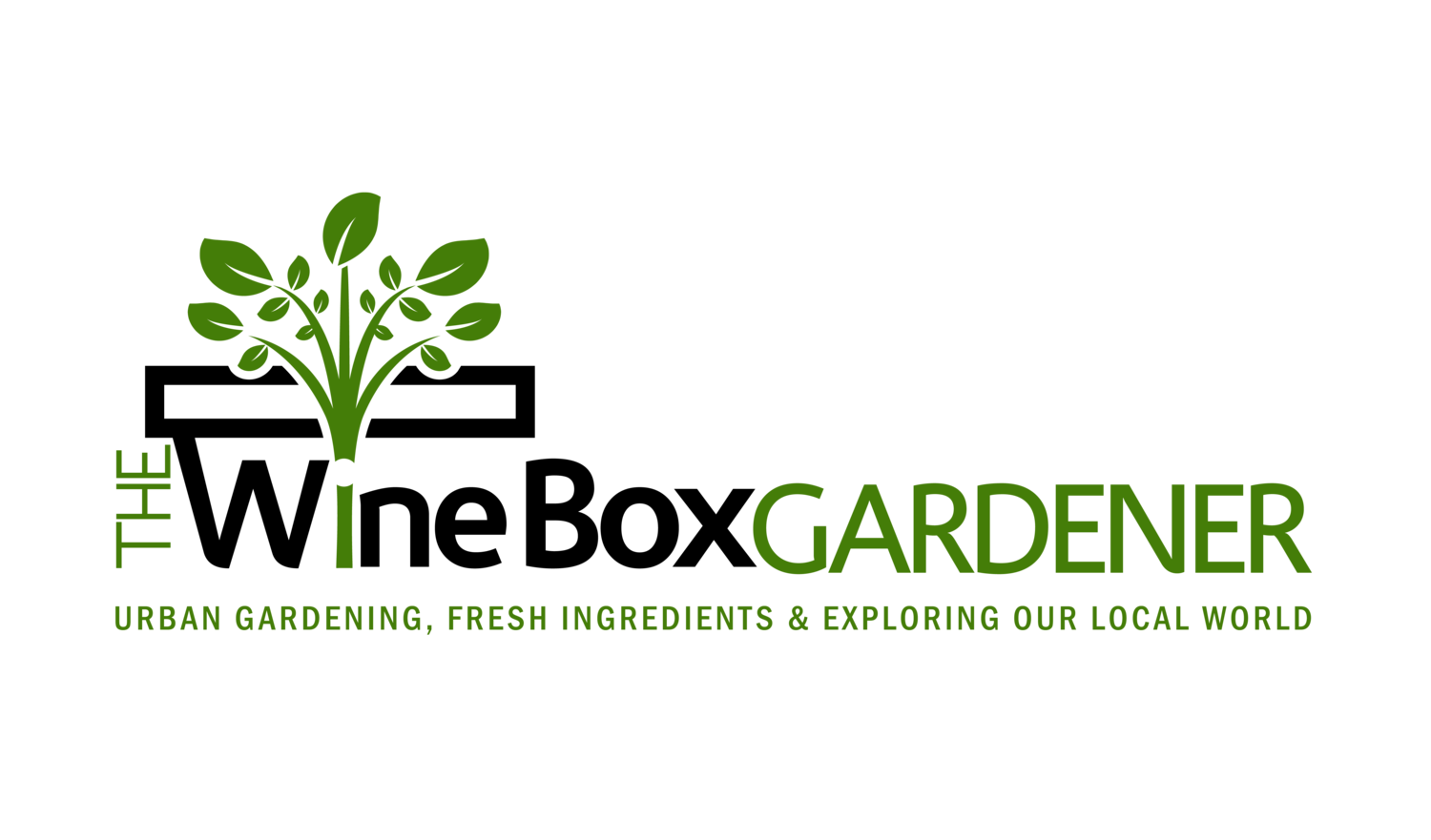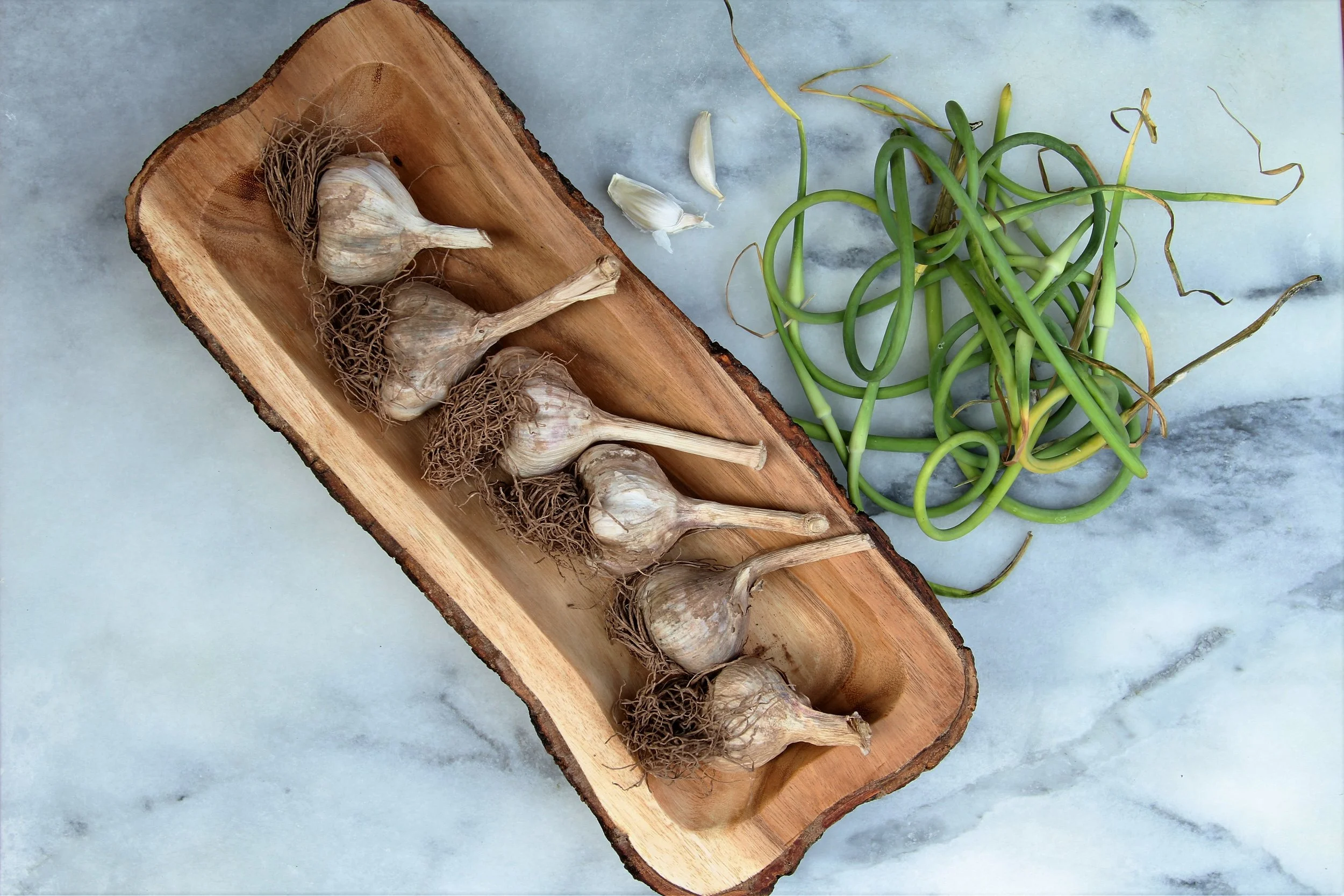Planning Your Home Vegetable Garden
Whether you are starting your first garden or your fifth, good planning can go a long way for a successful season. I tend to start planning when those hopeful seed catalogs arrive in January. Even though my garden currently looks like this (pictures below), it’s the perfect time to think about this year’s garden.
I sense some anxiety in people when they think about planning. For many, planning everything for a garden feels like a BIG problem to solve. To relieve this anxiety, I like to think about garden planning the same way I would for information gathering and problem-solving and define the Five Ws to planning a garden: Who, What, Why, Where, When … and for good measure, How. Thinking about it in this way helps break the effort into manageable, definable parts that can move you from uncertainty to having a solid plan.
Who
Are you gardening alone or do you have help from a spouse or kids? If you’re counting on other people to help you, get them involved now. Finding out what they want to grow or do now is a great way to get them invested in the effort. It’s a particularly great way to get kids involved and engaged if they get to pick out a vegetable they like and want to grow.
Gardening is a great community school activity too. If you’re thinking of starting a school garden, check out my tips here, Starting a School Garden.
If you’re the sole garden worker, take that into account, and when in doubt, start small. This may be contrary to our “Think Big” culture, but I think small, incremental successes are the building blocks to becoming a lifelong gardener.
Bottom Line: Think through your resources and time commitments to understand how much you can commit to and get others involved at the beginning.
What
If you’re planning a vegetable garden, think about what you will grow in several ways:
What do you eat and how do you prepare it?
What can you store long-term?
What companions should you plant together?
What beneficial flowers and herbs should you add?
What do you eat and how do you prepare it? Take tomatoes as an example. If you like fresh tomato slices but don’t plan on making sauce or aren’t big on cooking, make sure you choose tomatoes that fit that style, like Purple Cherokee. If you like to make sauce, a San Marzano is a great option. Seed catalogs often describe how they are best used. Use that as a guide if you’re not sure.
Lettuce grown in containers
I like to grow lettuce, but that has to be picked before it bolts and starts to taste bitter and you can’t really cook it. If you grow more than you can reasonably eat, you’re going to turn into a rabbit trying to consume it all. A good solution is to span your plantings. Plant some lettuce one day and then another batch 2 weeks later and then another 2 weeks later. This spaces out the readiness of lettuce. Alternatively, grow other leafy vegetables you can cook like kale, spinach, and chard.
What can you store long-term? Will you can, dehydrate, or freeze your produce for long-term use? I like to can tomatoes and make pickles from cucumbers. I also freeze scallions. All of these are great ways to extend fresh produce throughout the winter months.
What companions should I plant together? When you decide what you’ll plant, think about what plants you should and should not plant with them. Some plants do not do well together planted in the same beds. Some herbs also make great companions to main vegetable plants. Read more in my post on Companion Planting.
Sunflowers always attract pollinators
What beneficial herbs and flowers should I add? It’s a great practice to add flowers that are good companions but also great attractors to pollinators. Make sure you are building a garden that will attract bees, butterflies, and other beneficial insects. I like to plant milkweed, marigolds, nasturtium, lavender, sunflowers, and borage. As soon as my sunflowers start to open up, I have a swarm of bees in my garden. My milkweed attracted some monarchs this past year. I planted Borage in abundance last year with my tomatoes and it was not only a beneficial companion plant, I think it kept the deer and squirrels away from my tomatoes because of the rough prickly texture of the stems and leaves. Read more in my post, Borage - a Beneficial Herb that Tastes Like Cucumber. (The leaves can be added to water for a fresh “cucumber water” taste.)
Borage
Bottom line: Don’t grow something you don’t eat, think about how you plan on using it in the kitchen, and plant what you can store for winter….and don’t forget to attract pollinators!
Why
This is an easier question to answer but is a great way to ground yourself. It’s not a bad idea to define your personal gardening mission statement. Why do you want to garden? What do you want to achieve from your efforts? There is no wrong answer - it’s all about you and what’s important to you. Think about it - you’re going to be out in that garden every day or close to it. There must be something important to you that is driving that. My gardening mission statement:
To grow healthy food organically right outside my doorstep, reduce my reliance on the grocery store, learn from others, and share what I learn.
There it is - I just want fresh food a few steps from my door because not only do I like having fresh, healthy produce, but I really hate going to the grocery store!! (I also love learning and sharing….)
Bottom Line: Defining why you want to garden will lead you to how and how much you want to garden. Acknowledging “Why” affirms your commitment.
When
There are actually a couple of different “When” questions you’ll need to answer.
When should I decide what to grow?
When should I plant?
When should I decide what to grow? A few months before when you would plant in the garden is a good time. Whether I’m direct sowing seeds in the garden in spring or transplanting seedlings, I start planning the main things I will grow in January so that I can order seeds and start some seeds indoors ahead of the season. If you’re like me and can’t pass up a few things at garden sales in spring, leave a little room for those “gardening impulse buys.”
If you’re thinking of starting seeds indoors, check out my post, 5 Steps for Starting Seeds Indoors.
When should I plant? The general rule of thumb: Follow the directions on your seed packets. They will provide guidelines on the ideal time to plant - either from seed in the garden (direct sow) or as transplanted seedlings. This is usually based on when your last expected frost date is. Some plants require slightly warmer temperatures (e.g., tomatoes) and are rarely planted by seed in the garden, but rather as seedlings. Pay attention to the predicted temperatures around the time you are going to plant.
Bottom Line: Plan a few months in advance to get the seeds or plants you want and pay attention to temperatures and last frost dates when planting.
How
This really is a big question to answer. How you will start your garden depends on your answers to the Five Ws. Here are a few things to think about how to start and plan your garden.
Containers vs. Garden Beds
I started gardening with containers only (hence the name “Wine Box Gardener” - I started growing out of old wooden wine box crates). I wasn’t sure how committed I was or how successful I would be. I have a small space, so containers were the perfect option for me. (You can see my initial plan from years ago here.) If you’re using containers, make sure they have good drainage. If you have a pot without holes in the bottom, drill holes in the bottom.
I’ve since moved on to using raised garden beds for the majority of my growing. (I still use some containers and wine boxes.). Most of the raised beds are 4’ x 4’ and they offer me the flexibility to grow a lot more. I have filled every possible inch of my tiny backyard with garden beds and containers. If you plan on using raised beds, space them with about 3’ between beds so that you’ll have room to move around and tend to the plants/harvest.
Seeds vs. Transplants
Growing plants from seeds is the most economical way to grow plants, especially if you save seeds from previous seasons. However, some plants are better planted directly in the garden by seed (direct sow) and some are best planted as seedlings. It all depends on the requirements of the plant, particularly with soil and air temperature. Most gardeners do a combination of planting seeds and seedlings (a.k.a. “starts”).
Choosing a Planting Location
If you have a small space as I do, chances are you’ll use every inch of space you can. Make sure you’ve got adequate sunlight. Pay attention to sunlight requirements on your seed packets. If a plant requires full sun, that’s about 6-8 hours per day. Partial sun or partial shade is less than 6 hours of sunlight.
Soil Nutrition
There is a lot more to soil science than I can post here, however, I recommend getting your soil tested by your local extension office. This can help you understand soil deficiencies and amendment requirements. I wrote more about this in an earlier post about A Day in The Farm Cooking School Garden.
Bottom Line: Think about your space, light, soil, and the best planting methods for what you want to grow.
Don’t let garden planning overwhelm you. Break it down using the Five Ws and you’ll be well on your way to garden success.










